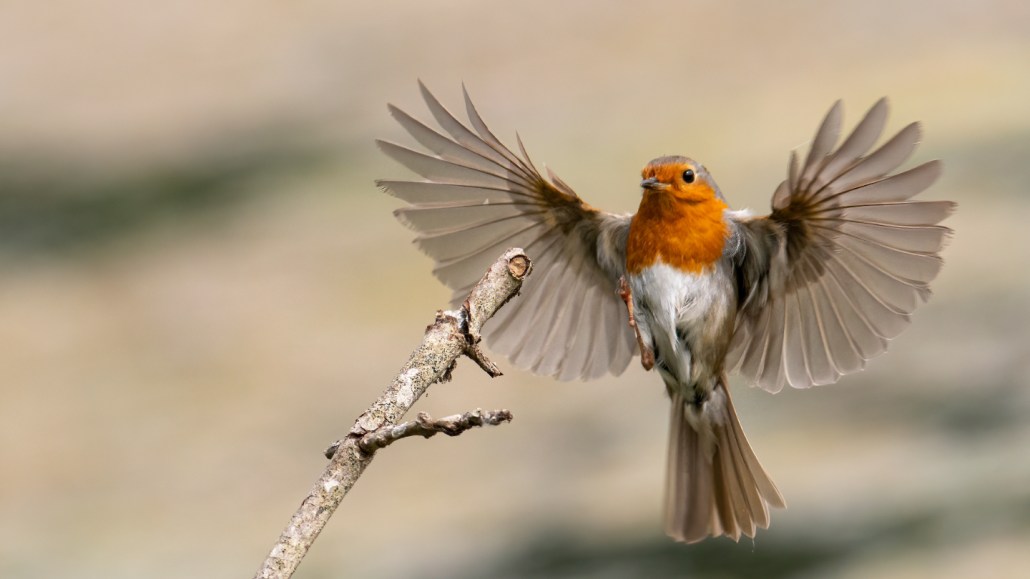50 years ago, scientists wondered how birds find their way home
Excerpt from the April 13, 1974 issue of Science News

Proteins within the eyes of the European robin are sensitive to magnetic fields, research shows, suggesting that the bird can “see” Earth’s magnetic field and perhaps uses it to navigate.
Mark Chivers/Moment/Getty Images Plus







